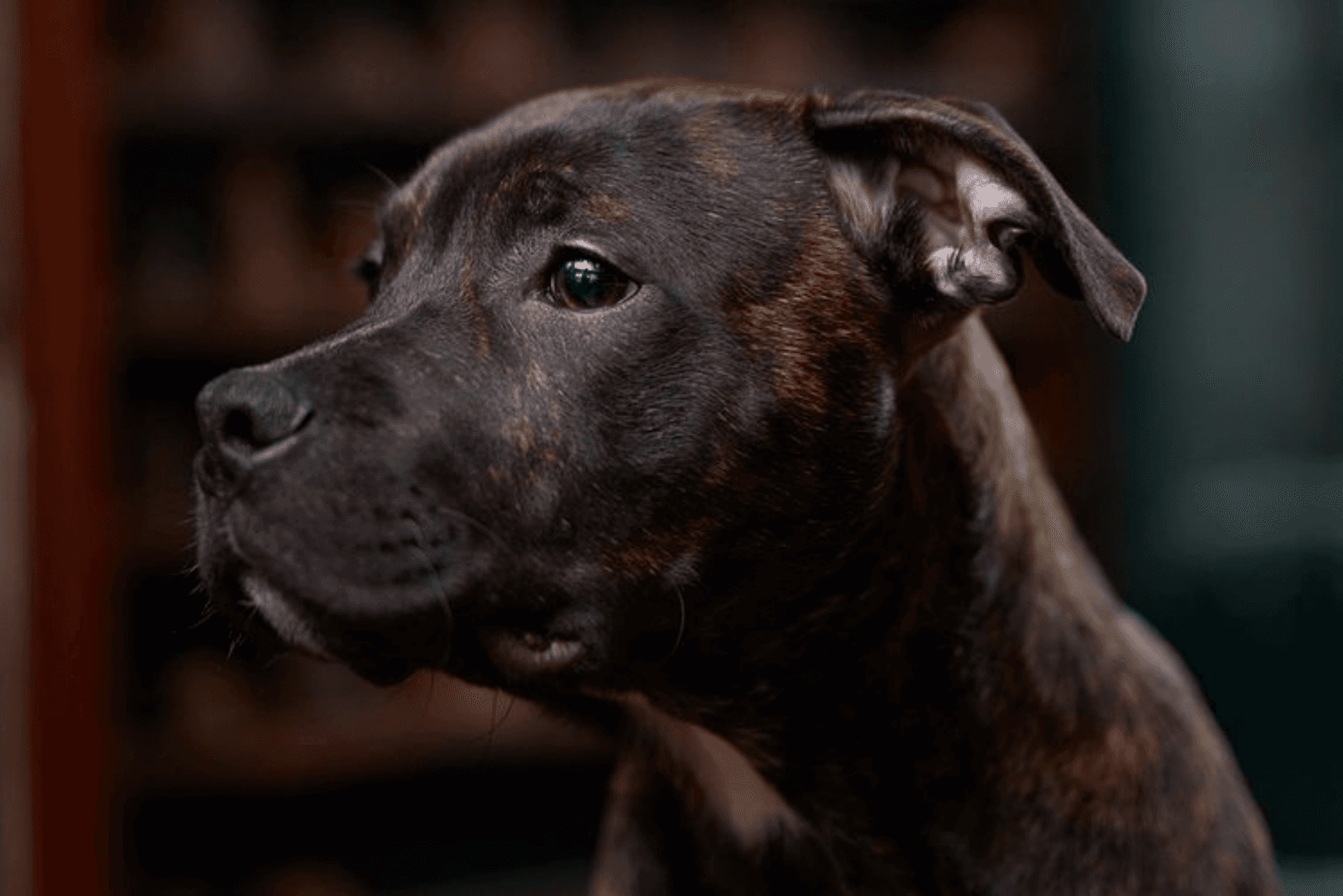
Wristchat: Designer, Watchmaker and Historian Dr. Rebecca Struthers On Her Horological Journey
The first-ever person in British history to have earned a Ph.D. in Horology, Struthers discovered watchmaking by chance in her teens and hasn’t looked back since. We talk to her about the challenges of being a woman in the watchmaking industry, the art of restoration and her upcoming book – Hands of Time
A trained vintage watch restorer, Dr. Rebecca Struthers likes to call herself a “Time Doctor”. She brings old watches to life with the help of antique tools from the early 20th century and finds inspiration in the works of legendary British watchmakers like Charles Frodsham and Victor Kulberg. The first person in her direct family to go to university, Struthers has always been fascinated with the arts and sciences — figuring out how things work since childhood. While training as a jeweler and silversmith, Struthers discovered she had an interest in making jewelry pieces that could move, some with incredibly basic automata. “I wasn’t aware you could have a career as a watchmaker, but it just so happened that the college I was studying at also taught horology. Some of the watchmaking students spotted my work and suggested I might find it interesting. Needless to say, I fell in love with the subject instantly.”
In 2017, Struthers earned a Ph.D. in horology — the first ever doctorate in the history of British watchmaking. Over the last decade, Rebecca and her equally talented husband Craig, have won several awards and accolades for their exceptionally well-made customised timepieces — each taking up to three years of research and execution. Inspired by traditional English horology and goldsmithing, the duo’s first in-house movement, Project 248, revived the English lever escapement—one that the British industry halted in the late nineteenth century.
All set to release her book next year, Struthers spoke to us about her struggles as a woman within the watchmaking industry, her favourite watches and her love for animals.
Excerpts from the interview:
Do you come from a family of watchmakers?
None of my direct family are watchmakers. After I started my studies, I discovered that I have ancestors who were employed in trades like jewelry, silversmithing, and glass blowing, so I think I must be a genetic throwback!
What made you go for a PhD in watchmaking?
I was completing a master's degree in the history of art and design. My thesis explored the beginning of the downfall of the British watch industry and the rise of the Swiss industry in the late 18th and early 19th centuries. One of my tutors asked if I’d thought about doing a PhD. In all honesty, I hadn’t. I was the first person in my direct family to go to university, so the idea of completing a doctorate hadn’t crossed my mind. There was a funding opportunity with the Arts and Humanities Research Council. I put in an application and was very lucky to be successful.
What do watches mean to you?
Watches excite me as they are both symbols of something vast – the movement of the Sun, Moon, and Earth – and also something incredibly small and personal that we can wear on our body. I find that combination fascinating. They are measuring devices that can be used to reflect a message about who we are, our personal style, education, and wealth.
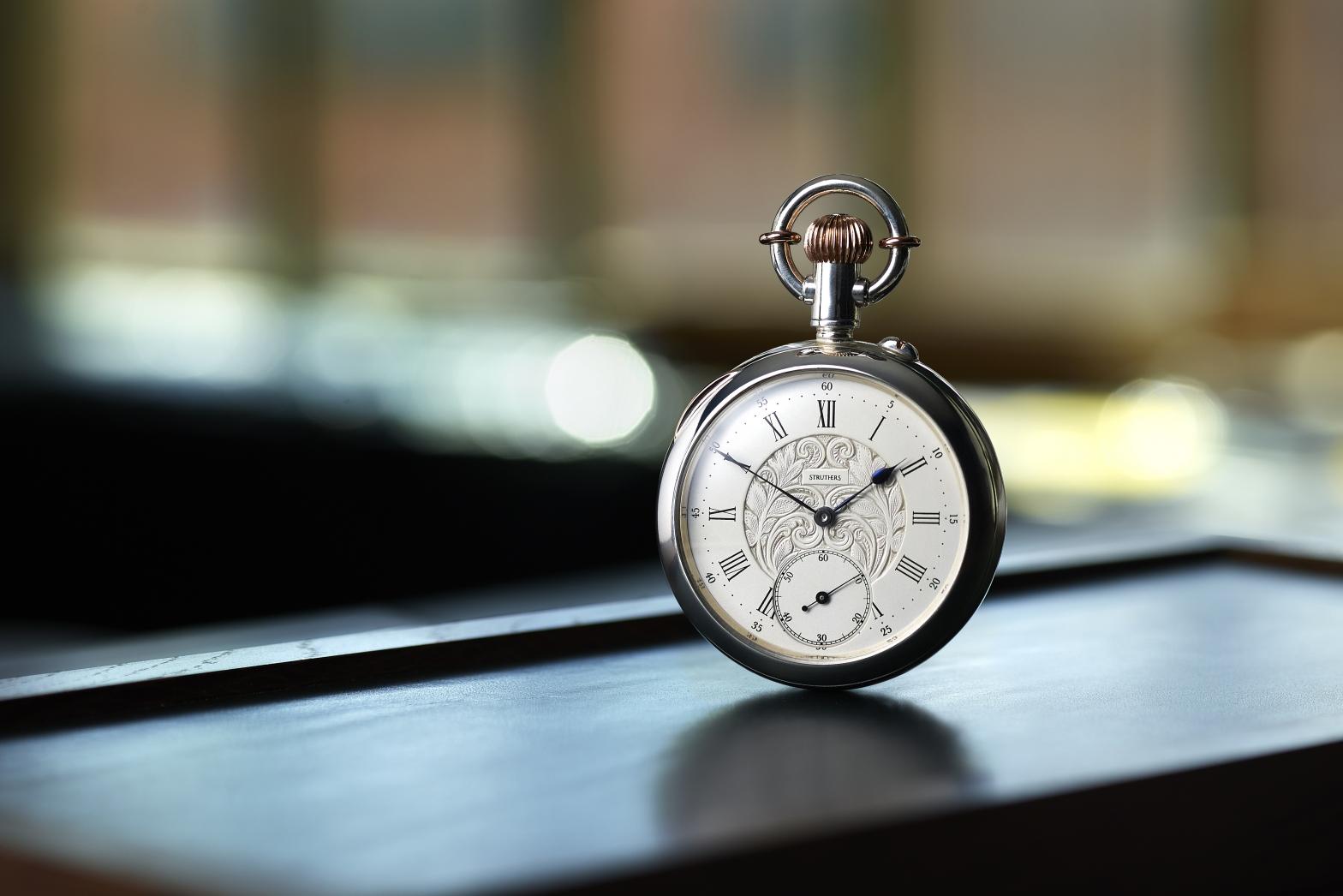
Do you have a favorite brand? What’s part of your collection?
We have many favorites for different reasons. For modern watches, I really like independents like Frodsham, Xhevdet Rexhepi, Raul Pages, anOrdain, and Svend Andersen, to name a few! We love the style and details of German brands like A. Lange & Söhne, Moritz Grossman, and Lang & Heyne. We’re vintage watch aficionados at heart, so heritage brands like Cartier, Omega, and Agassiz are also really inspiring for us. My collection is really varied. I have everything – from obscure early waterproof watches with no big names, to vintage Rolex and modern Casios. I’m a huge Casio fan – they are my workshop watches of choice!
Who has been your inspiration as a watchmaker?
My husband, Craig, is also a watchmaker and has been an amazing support to me over the years. He’s an incredibly skilled artisan and such an inspiration to work around every day.
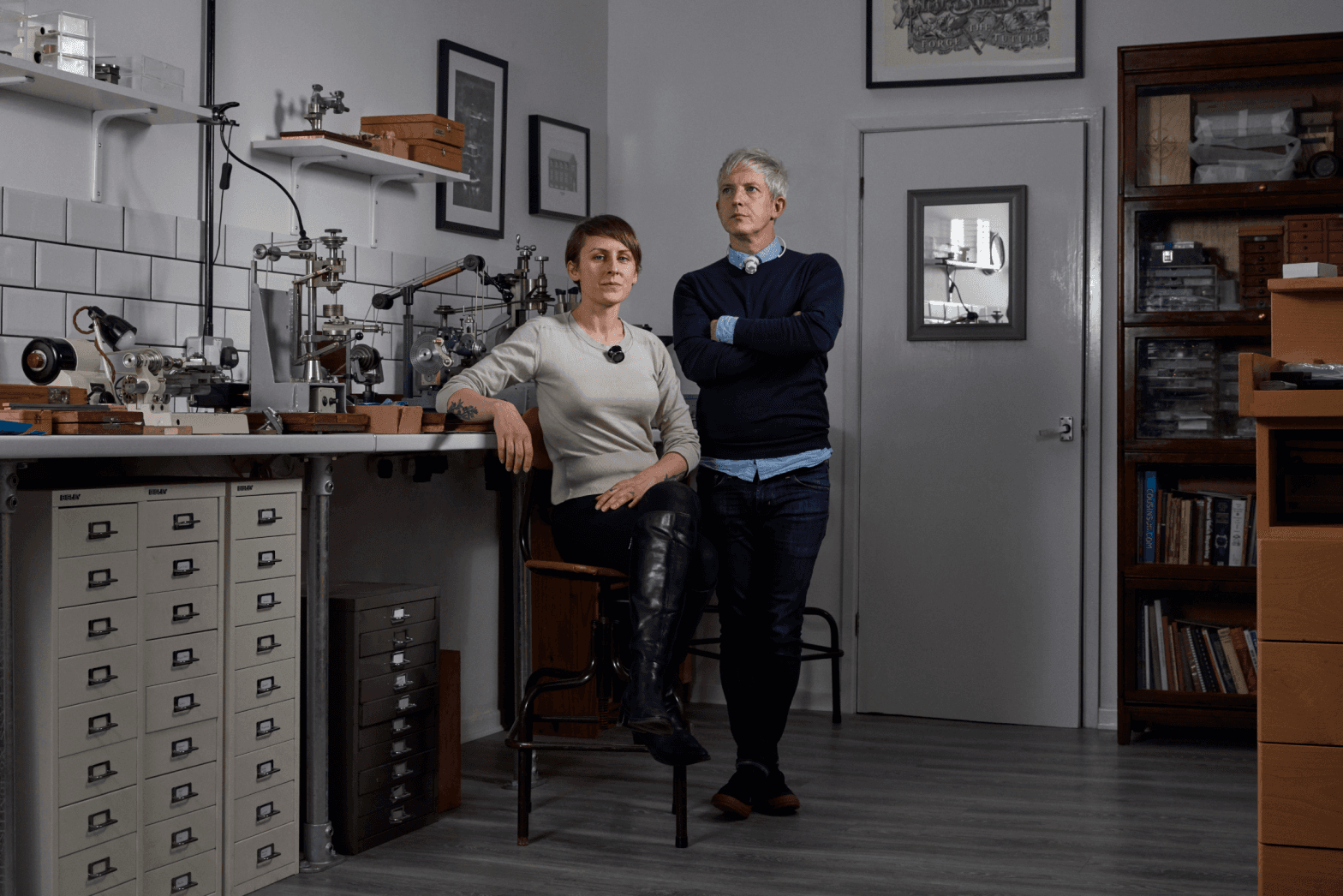
How did you meet your husband Craig Struthers?
Craig was one of the watchmaking students who spotted my work! He was in his second year when I started the horology course. We stayed friends after graduating and ended up becoming a couple a few years later.
Is it difficult to be an independent watchmaker?
It is challenging. In the UK, one of the hardest things is that we no longer have a network of allied manufacturers to work with. We no longer have any jewelers, spring makers, etc. It can feel quite isolating at times. Watchmaking businesses are very expensive to run too, which is why it is hard if you don’t have access to a lot of investment.
What is it like being a woman in the watch industry?
Being female and young was a big challenge when I first started out. I experienced a lot of discrimination and face it sometimes even today . It’s becoming less common now, but it’s still a problem. The decision to set up our own business was made because I was struggling at work with anxiety caused by the experiences I have had over the years. So I overcame it by setting up my own workshop with Craig!
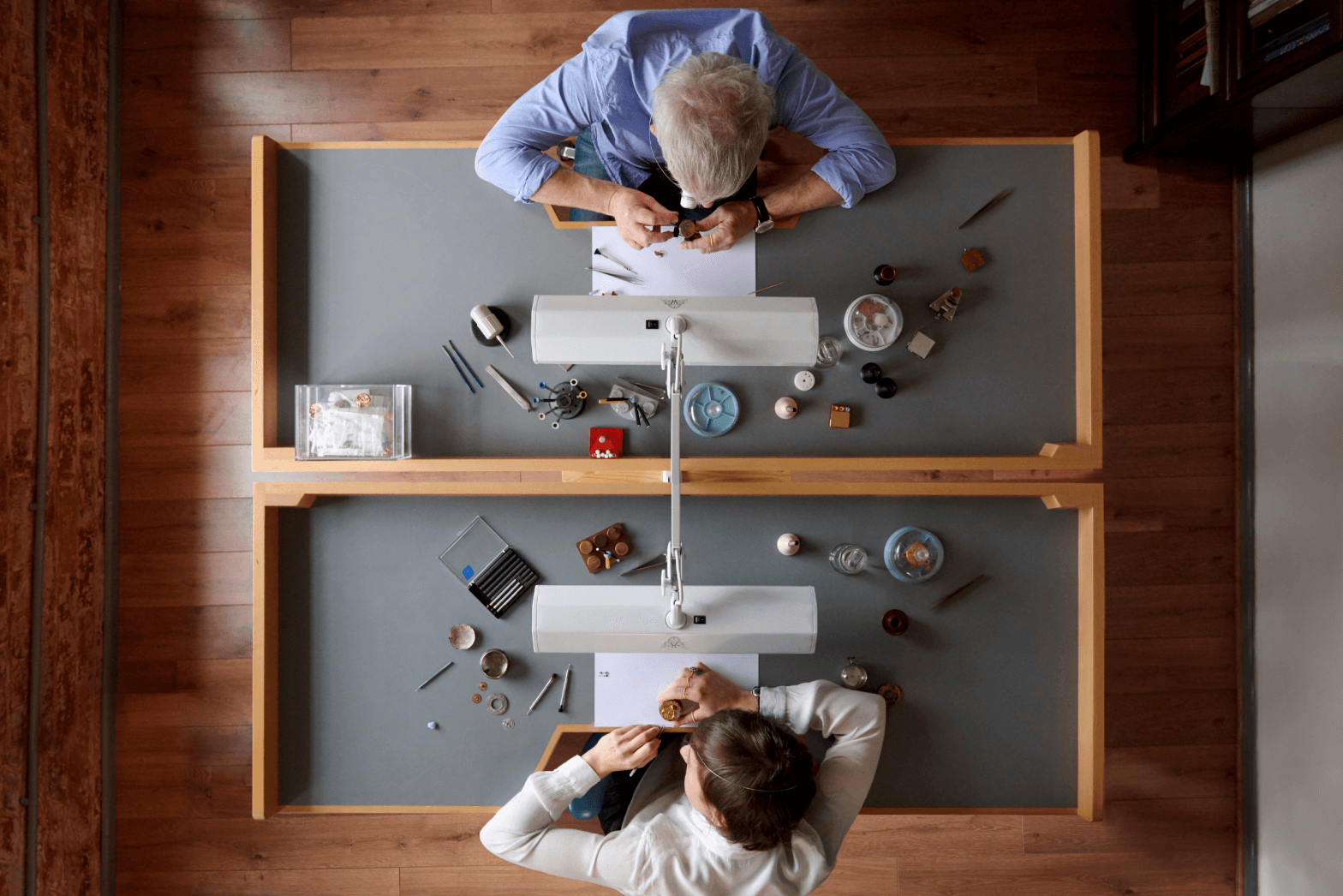
What advice would you want to give to youngsters who are just starting out in the watchmaking industry?
Be patient with yourself and persevere. With any hand skill, you have to be bad at something before you get good at it. Don’t be scared to push boundaries and experiment with things, particularly while you’re still studying and don't have to make a living yet! Even failed attempts are important learning experiences.
Could you tell us a little bit about your experience with restoration?
Restoration is a great way to learn watchmaking. There are no spare parts for watches that are 100-200 years old, so you have to learn to make the parts from scratch. If you can make parts for other people’s watches from scratch, you can make them for yourself. That was our journey. We still do restoration as we really enjoy it, but it also forms part of our watchmaking.
How has your passion for horology, science, and the arts influenced the way you work on watches?
All these subjects feed into each other. To be a good restorer, you need to be a historian because you need to understand how things were made to be able to repair them. To design, you need to understand art, but also the engineering of the mechanism to make sure a watch is beautiful, functional, and ergonomic to wear. I don’t think I could do what I do without being able to move between these subjects.
Who are the watchmakers whose techniques you've learned from?
We take a lot of our technical inspiration from the 19th century, with watchmakers like Victor Kullberg and Charles Frodsham being particular inspirations.
Tell us about your book, Hands of Time: A Watchmaker's History.
My book will be an adventure story, taking you back to our earliest attempts to measure time using celestial bodies, to the first watches emerging from the Black Forest at the beginning of the 16th century, to my work in the 21st century. I’ll be delving into all sorts of eccentric characters and innovations. From the perspective of being a watchmaker, I’ll be exploring my craft as it grows alongside our relationship with time, mortality, race, gender-politics, and exploration.
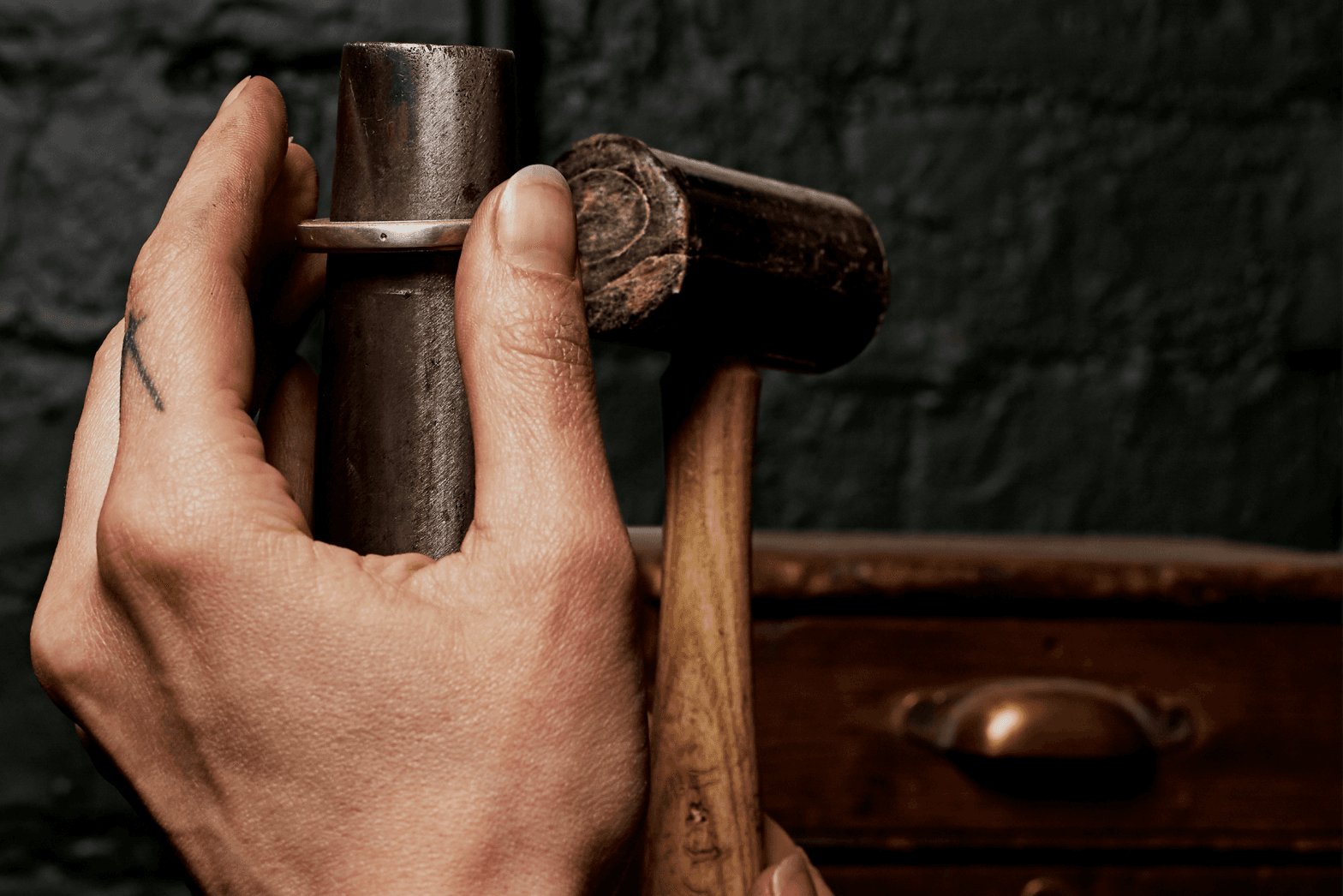
What’s a typical day at your workshop like?
It’s very varied, as with any small business! We manage everything from enquiries, social media, accounts, and marketing to restoring and making high-value pieces. I try to spend as much time at the bench as I can, as it’s very easy to get swept up in business management.
How important are the tools in the workshop and how did you source them?
Our tools are our inanimate workforce. They all have names and characteristics and are a very important part of how we work. They are all vintage and antique, dating from around 1900-1970, so they need a lot of interaction. We like making machines that need us as much as we need them.
You’ve even named all your tools?
Yes, this is me working on our wheel-cutting lathe, called Helga. Helga is an 8mm vintage East German Andrä & Zwingenberger lathe, which arrived as a box of pieces. We restored and rebuilt her to cut the teeth in watch wheels, making the indexing and drives with a local engineering company.
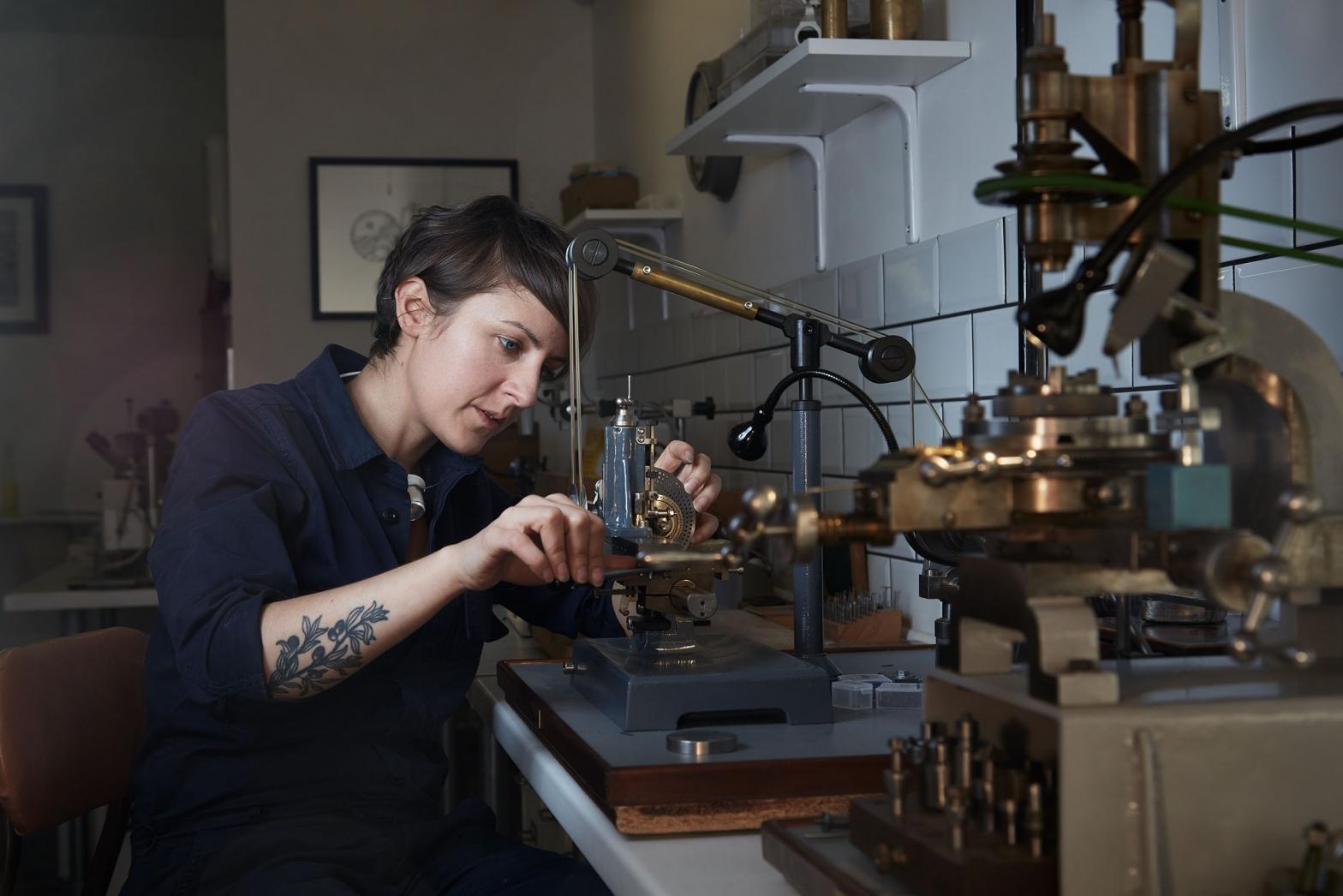
What changes would you like to see in the watchmaking space over the next five years?
It would be nice to see more young people wanting to learn restoration rather than just becoming another brand.
What are your hobbies other than horology?
I’m also a writer and a trustee of the Museum of Timekeeping in Newark, which takes up a lot of my time. I like classic cars and bikes. We have a Series IIa Lightweight Land Rover and a few motorbikes and scooters.
You are also a huge animal lover…
I grew up loving animals! I have a strong maternal urge which comes to the fore when I’m with animals and the watches I restore! I’ve always felt the need to look after things.
Do you have any pets?
We have four rescue animals living with us. A 4-year-old Staffordshire Bull Terrier cross called Archie, two geriatric cats called Indy and Alabama, and our smallest resident – a rescue mouse called Morrissey.
What’s on your bucket list?
I’d love to have a small holding alongside the workshop one day. It was quite common for country watchmakers to also have small farms in the 18th and 19th centuries. That way, I get to make watches and look after more animals!
